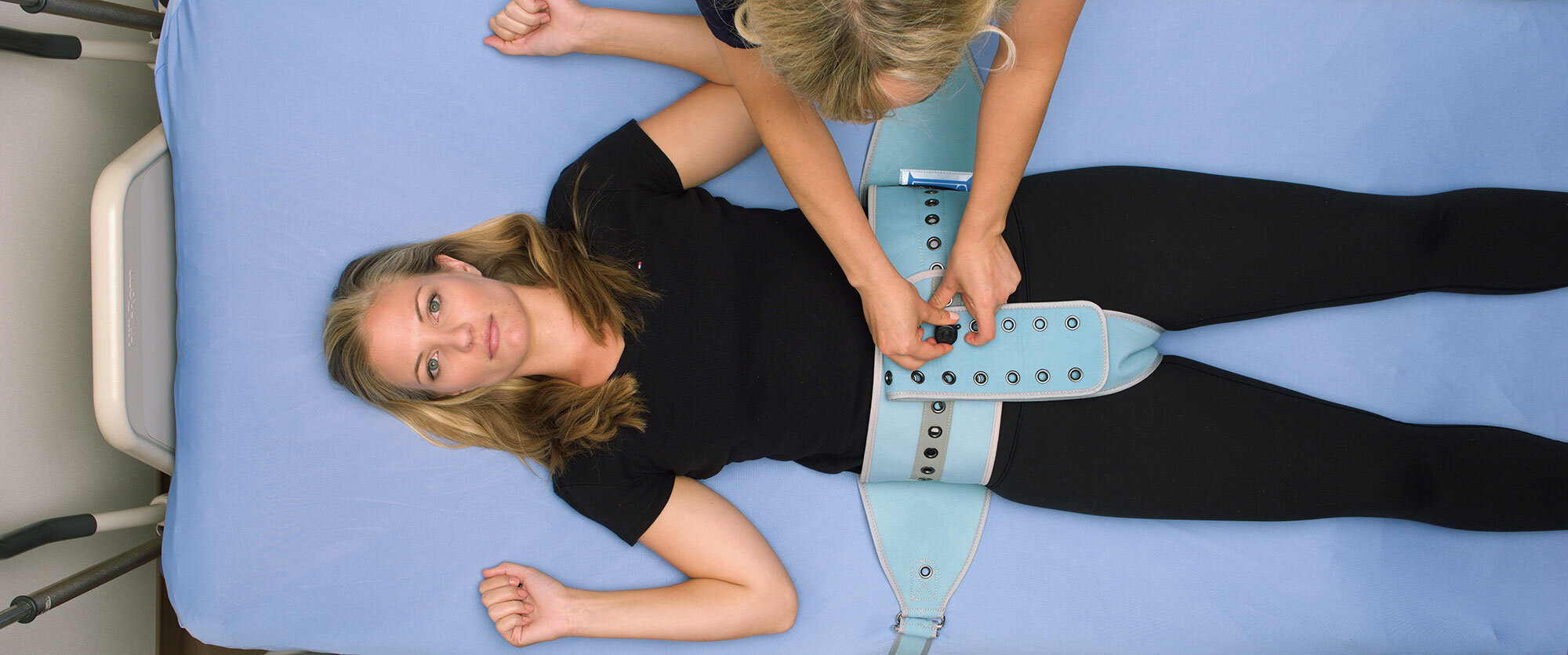
Successful De-Restraining
Getting patients out of restraints quickly and safely is as important as getting them in.
THE 3-STAGE
PINEL DE-RESTRAINING METHOD
To create a more comfortable experience, we have developed a unique de-restraining method. These three stages are designed to get a patient out of the restraints, moving and into a comfortable position – fast.
1. RAPID RESTRAINT
Fast, firm and effective
For everyone’s safety, restraints must separate staff and patients rapidly and reduce patient trauma. Pinel restraints have unique design features made for both comfort and security.
Restrain a patient in 30 seconds (vs. an industry average of 10 mins and 20 second)
The quick Velcro™ cuffs and long utility strap allow staff to control the patient quickly and without harm.
Each soft, custom molded cuff allows for optimal comfort and security. There are no tight spots or gaps, so blood flow should not be impeded.
With the Velcro™ application, the cuff can withstand a pull of 500 pounds (depending on the Velcro™ overlap and condition.)
The large utility strap helps protect staff and keep them safe from violence. Most importantly, it dissipates the patient's energy to fight. It also allows for even pressure on the clavicles and keeps the chest open for easy breathing. And it prevents the patient from sitting and tipping the stretcher while attached.
Our design does not force the legs apart, which will help prevent panic in patients with a history of sexual abuse.
2. COMFORT & SECURITY ADJUSTMENTS
Making patients completely secure and comfortable
Pinel Restraints are adjustable so staff is able to make patients as comfortable as possible, while also considering the safety of everyone involved.
Stage 2 is important when dealing with increasing aggression and extremely violent patients. Staff is able to make quick adjustments in a safe manner, reducing mobility, preventing outward strikes, lunging from side to side, and bucking of the hips. The patient can go from 4-point restraints to 7-point restraints in a matter of seconds.
To prevent the patient from striking outwards, the strap is passed over the cuff and through the buckle. It is then passed over the patient’s stomach, to the other side, and joined in the centre with a locking button and pin. Once the pin is inserted and locked, limb movement is restricted.
If concerned about a patient ingesting vomit, the long straps allow the patient to be secure on their side. Leave the large utility belt over the shoulders in case it is needed for rapid control.
Once secure, the patient is held with 1000+ pounds of force. The locking system allows you to quickly release or adjust the patient with the touch of two buttons. Since there are no pressure points, the patient is comfortable and able to breathe easily.
3. DE-RESTRAINING
Getting the patient out of restraints safely in minutes
The goal of restraining is to protect both staff and patients until they have been calmed. Staff’s team leader can begin by negotiating for calmer behaviour in exchange for comforting adjustment. If a concession is made and the patient calms, the staff member follows through with incremental adjustments. Always ensure there is a contingency plan for return to the previous safe position.
More Features
Transfer Restraining
The foldable stretcher with deployable wheels is an easy method to ground-control very aggressive patients without excessive handling.
Stretcher
Once secured on the stretcher, the patient can be transported in full safety to the appropriate treatment area. To prevent the patient from sitting upward during transport, the bed strap can be readjusted to the backpack position and locked.
The Pinel Helmet
The Pinel protective helmet can be placed on the patient to prevent head injury. The helmet also protects the staff from head butting and spitting.
“I’ve been using the Pinel De-Restraining System for over two decades. This product has been very flexible and versatile in helping us with some unique challenges when we are restraining someone. They are versatile and flexible – we can change the length, add and take away restraints to make the patient as comfortable as possible. It’s very simple to train and easy to use with the support and clinic staff – everyone loves it.”
— CALVIN MILLER, EMERGENCY MANAGEMENT CONSULTANT MA/CHPA
Our Blog
Request a Presentation Package
Book a free consultation and we’ll send you a free trial of the restraints you’re interested in, so you can experience the Pinel difference.













